Blog
Jewellok is a professional pressure regulator and valve manufacturer and supplier.
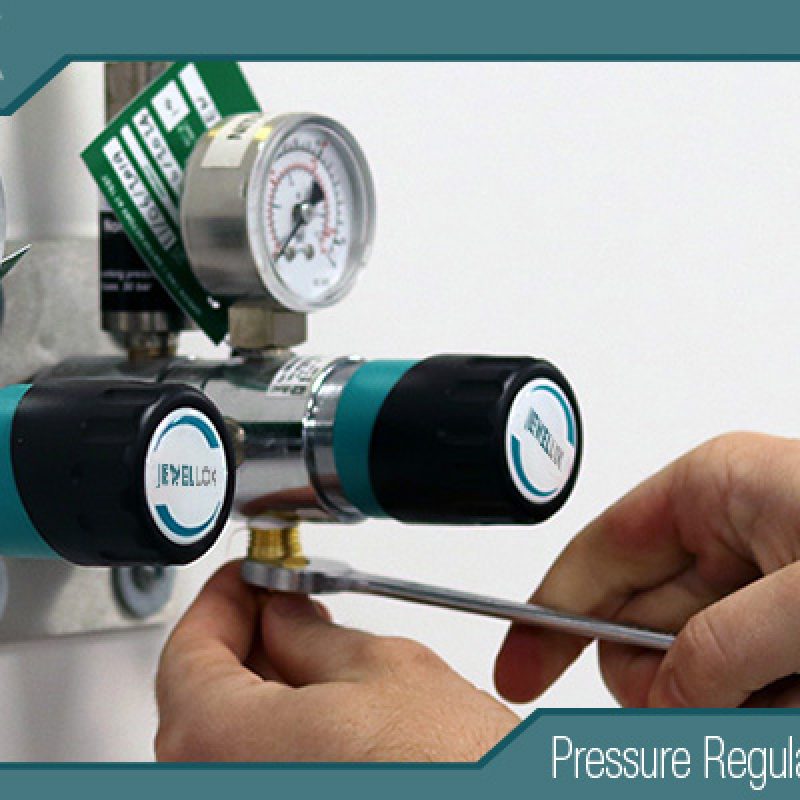
What are the Core Differences in the Regulating Mechanisms Between Direct-Acting and Indirect-Acting Propane Pressure Regulator Valves
- Pressure Regulator Valve Manufacturer
- 2 stage nitrogen regulator, 316L Stainless Steel Gas Pressure Regulators, 316l stainless steel pressure regulator, adjustable air pressure regulator, adjustable hydraulic pressure regulator, air compressor pressure regulator, air pressure regulator electronic control, air pressure regulator valve with gauge, automatic back pressure regulator, back pressure controller, back pressure reducing regulator, back pressure reducing valve, back pressure regulator gas, back pressure regulator outlet pressure, back pressure regulator relief valve, back pressure regulator stationeers, back pressure regulator valve, back pressure relief regulator, gas arc single stage regulator, gas back pressure regulator, gas pressure regulator manufacturer, Gas Pressure Regulator Valve, Gas Pressure Regulator Valve Manufacturer, harris single stage regulator, high pressure back pressure regulator, High Pressure Regulator Valve Manufacturer, hydrogen pressure regulator valve, low pressure back pressure regulator, pressure regulator, Pressure Regulator Valve, Pressure Regulator Valve Manufacturer, propane pressure regulator valve, propane pressure regulator valves, propane pressure regulator valves manufacturer, propane pressure regulator valves supplier, sanitary back pressure regulator, single stage gas regulator, single stage pressure regulator, single stage propane regulator, single-stage regulator, steam back pressure regulator, victor edge series 2.0 regulator, water back pressure regulator
- No Comments
What are the Core Differences in the Regulating Mechanisms Between Direct-Acting and Indirect-Acting Propane Pressure Regulator Valves
Propane pressure regulator valves are essential components in gas distribution systems, ensuring that the high-pressure propane valves stored in tanks or cylinders is safely reduced to a usable level for appliances, industrial processes, and heating systems. Propane, a liquefied petroleum gas (LPG), is stored under high pressure to maintain its liquid state, but it must be vaporized and delivered at a consistent lower pressure to prevent equipment damage, ensure efficient combustion, and maintain safety standards. Without proper regulation, fluctuations in inlet pressure from the tank—caused by temperature changes, tank depletion, or demand variations—could lead to over-pressurization, leaks, or inefficient operation.
In the realm of propane systems, pressure regulators are broadly categorized into two main types based on their operating principles: direct-acting and indirect-acting (often referred to as pilot-operated). These categories differ fundamentally in how they sense and respond to pressure changes, impacting their performance, suitability, and application. Direct-acting regulators rely on a straightforward mechanical linkage where the sensing element directly influences the valve’s position. In contrast, indirect-acting regulators employ an auxiliary pilot mechanism to amplify control signals, allowing for more precise management of larger flows or higher pressures.
Understanding these differences is crucial for engineers, technicians, and end-users in selecting the appropriate regulator for specific propane applications, such as residential grilling, commercial heating, or industrial fueling. Factors like flow capacity, response time, accuracy, and maintenance requirements play pivotal roles in this decision. This article delves into the core mechanisms of each type, highlights their advantages and disadvantages, and elucidates the key differences, drawing on established principles in gas regulation technology. By exploring these aspects, we aim to provide a comprehensive guide that aids in optimizing propane system efficiency and safety.
Propane regulators typically operate in two stages: a first-stage regulator reduces tank pressure (often 100-250 psi) to an intermediate level (around 10 psi), and a second-stage regulator further lowers it to appliance-safe levels (about 0.5 psi or 11 inches water column). Both direct and indirect types can be used in these stages, but their mechanisms dictate where they excel. For instance, direct-acting models are common in smaller, low-flow setups due to their simplicity, while indirect-acting ones dominate in high-demand scenarios requiring stability.
The evolution of these regulators stems from the need to handle propane’s unique properties, including its volatility and potential for liquid carryover, which can affect regulator performance. Regulatory bodies like the National Fire Protection Association (NFPA) and Underwriters Laboratories (UL) set standards for these devices, emphasizing reliability and fail-safes. As we proceed, we’ll examine each type in detail, supported by technical insights into their inner workings.
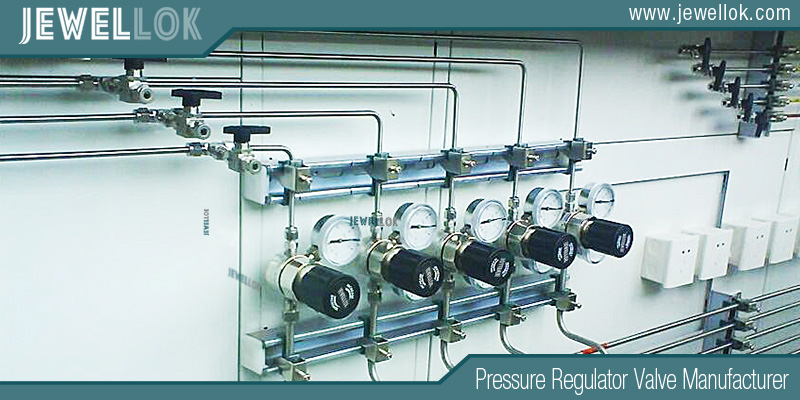
Direct-Acting Propane Pressure Regulator Valves
Direct-acting pressure regulators represent the foundational design in gas control systems, prized for their mechanical simplicity and reliability in propane applications. These regulators operate without external power sources or complex auxiliary components, making them a go-to choice for straightforward installations.
Mechanism and Components
At the heart of a direct-acting regulator is a spring-loaded diaphragm or piston assembly that directly interacts with the valve plug. Key components include:
- Inlet and Outlet Ports: The inlet connects to the high-pressure propane source, while the outlet leads to the downstream system.
- Valve Seat and Plug (Restricting Element): A poppet-style valve that modulates flow by varying the orifice size.
- Diaphragm or Piston (Sensing Element): A flexible membrane that detects outlet pressure changes.
- Adjustment Spring (Loading Element): Provides the setpoint force, compressed via an external screw to set the desired outlet pressure.
- Vent or Relief Mechanism: Allows safe release of excess pressure and prevents vacuum buildup.
The mechanism is self-contained, with no need for an external sensing line. The diaphragm’s movement is directly tied to the valve’s position, creating a balanced force system.
How It Works
In operation, propane enters the regulator at high inlet pressure. The adjustment spring exerts a downward force on the diaphragm, pushing the valve plug away from the seat to open the orifice and allow flow. As propane flows through, downstream pressure builds and acts upward on the diaphragm’s underside, counteracting the spring force.
When downstream pressure reaches the setpoint, the forces balance, and the valve stabilizes at a position where inlet and outlet flows equalize. If demand increases (e.g., more appliances turning on), outlet pressure drops, reducing the upward force on the diaphragm. This allows the spring to push the plug further open, increasing flow until pressure recovers. Conversely, if pressure rises above the setpoint (e.g., due to reduced demand), the diaphragm moves upward, closing the valve to restrict flow.
This direct linkage ensures quick adjustments, but it introduces “droop”—a gradual decrease in outlet pressure as flow increases, due to the spring’s limited compressive range. For propane, which can experience liquid slugs or impurities, the design’s tolerance is moderate, and boost features (like venturi effects) are sometimes added to mitigate droop in low-pressure applications.
Advantages
- Rapid Response Time: The direct mechanical connection allows for immediate reaction to pressure changes, ideal for intermittent propane uses like portable heaters.
- Simplicity and Cost-Effectiveness: Fewer parts mean lower manufacturing and purchase costs, typically 20-50% less than indirect models. Maintenance is straightforward, often involving just spring or diaphragm replacement.
- No Minimum Differential Required: They function even with low pressure drops, suitable for near-atmospheric propane vapor systems.
- Compact Design: Smaller footprint makes them perfect for residential propane tanks or RV applications.
- Ease of Installation: No need for pilot lines or external power, reducing setup time.
Disadvantages
- Limited Accuracy: Outlet pressure can vary by 10-40% from the setpoint due to droop, which is problematic in precise propane mixing or industrial processes.
- Capacity Constraints: Best for low to medium flows (e.g., up to 1-2 million BTU/hr); higher demands exacerbate droop and instability.
- Sensitivity to Impurities: Propane contaminants can wear the diaphragm faster without the filtering buffer of a pilot system.
- Lower Pressure Tolerance: Less effective with high inlet variations or liquid propane carryover, potentially leading to lock-up failures.
In propane contexts, direct-acting regulators are ubiquitous in first-stage reductions for small-scale systems, where their speed outweighs precision needs.
Indirect-Acting (Pilot-Operated) Propane Pressure Regulator Valves
Indirect-acting regulators, commonly known as pilot-operated, introduce an additional layer of control for enhanced performance in demanding propane environments. This design amplifies sensing signals, making it suitable for larger-scale operations.
Mechanism and Components
The core setup includes a main valve for primary flow control and a smaller pilot valve for precise regulation. Components are:
- Main Valve Assembly: Larger orifice with a diaphragm or piston actuator.
- Pilot Valve: A miniature regulator that senses outlet pressure and modulates loading pressure.
- Pilot Line: Connects the pilot to the downstream side for feedback.
- Adjustment Spring: Sets the pilot’s setpoint, indirectly controlling the main valve.
- Restrictor or Bleed Port: Allows controlled pressure buildup or release in the actuator chamber.
- Diaphragm/Piston in Main Valve: Responds to pilot-supplied pressure to position the plug.
This indirect approach separates sensing from the main flow path, enabling amplified force application.
How It Works
Propane enters the main valve at high pressure. The pilot valve, sensing downstream pressure via the pilot line, compares it to its spring setpoint. If outlet pressure is low, the pilot opens, allowing inlet pressure to flow into the main valve’s actuator chamber (above the diaphragm). This increased loading pressure pushes the diaphragm down, opening the main valve wider to boost flow.
As pressure builds to the setpoint, the pilot closes, stabilizing the system. If pressure exceeds the setpoint, the pilot vents excess pressure from the actuator, allowing the main diaphragm to rise and close the valve. This amplification—where a small pilot change drives a large main valve shift—ensures tight control across wide flow ranges.
For propane, this mechanism handles vapor-liquid transitions better, with higher tolerance for liquid pressure slugs. The pilot’s feedback loop minimizes droop, maintaining accuracy within 1-5% of setpoint.
Advantages
- Superior Accuracy and Stability: Minimal offset from setpoint, even under fluctuating propane tank pressures or high demands.
- High Capacity: Manages large flows (e.g., over 5 million BTU/hr) without significant droop, ideal for commercial propane distribution.
- Better Pressure Tolerance: Handles wider inlet variations and liquid carryover, reducing failure risks in outdoor propane setups.
- Versatility: Quick response over varied flows due to amplification, suitable for dynamic systems like propane-powered generators.
- Enhanced Safety: Precise control prevents over-pressurization in critical applications.
Disadvantages
- Slower Response Time: The pilot-main valve interaction delays adjustments compared to direct models, potentially an issue in rapid-cycling propane uses.
- Higher Complexity and Cost: More parts increase initial costs (often double that of direct-acting) and maintenance needs, including pilot calibration.
- Minimum Differential Required: Needs a pressure drop (e.g., 5-10 psi) to operate, limiting use in low-differential propane vapor lines.
- Purity Sensitivity: Requires cleaner propane to avoid clogging the pilot, necessitating upstream filters.
- Larger Size: Bulkier design for equivalent capacity, challenging for space-constrained installations.
In propane systems, indirect-acting regulators shine in second-stage reductions for large facilities, where stability is paramount.
Core Differences in Regulating Mechanisms
The fundamental divergence between direct-acting and indirect-acting propane pressure regulators valve lies in their control philosophies: direct mechanical response versus amplified indirect control.
In direct-acting models, the regulating mechanism is a single-loop system where the diaphragm directly actuates the valve plug. Outlet pressure feedback is immediate and unamplified, relying solely on spring-diaphragm balance. This results in faster but less precise regulation, with droop as a inherent tradeoff. The force equation is simple: Spring force = Outlet pressure × Diaphragm area.
Indirect-acting regulators employ a dual-loop mechanism: the pilot senses pressure and modulates loading on the main diaphragm, creating an amplified force (Pilot gain × Pressure signal). This indirect path allows for finer adjustments and higher capacities but introduces latency. For example, a 1% pilot shift can yield a 10-20% main valve change, enhancing stability.
Key differences include:
- Sens
- ing and Actuation: Direct uses one element for both; indirect separates them for amplification.
- Accuracy vs. Speed: Direct prioritizes speed (milliseconds response) but sacrifices accuracy; indirect offers ±1-5% accuracy at the cost of slower response (seconds).
- Flow Handling: Direct limited by droop (20-40% offset); indirect minimizes it through pilot feedback.
- Pressure Differential: Direct operates at zero differential; indirect requires minimum for pilot function.
- Tolerance to Variations: Indirect better handles propane’s inlet fluctuations and impurities via isolated pilot.
A comparative table illustrates these:
| Aspect | Direct-Acting | Indirect-Acting (Pilot-Operated) |
| Mechanism | Direct diaphragm-valve linkage | Pilot-amplified main valve control |
| Response Time | Fast (direct feedback) | Slower (indirect amplification) |
| Accuracy | 10-40% offset due to droop | 1-5% offset, minimal droop |
| Capacity | Low-medium flows | High flows |
| Cost/Maintenance | Low/simple | High/complex |
| Differential Req. | None | Minimum required |
These mechanistic variances dictate their propane applications: direct for simple, quick-response needs; indirect for precise, high-volume stability.
Applications and Considerations in Propane Systems
In residential propane setups, direct-acting regulators are preferred for tank-to-appliance lines due to cost and speed. For industrial propane fueling stations, indirect-acting models ensure stable delivery under variable loads. Considerations include system size, pressure ranges, and environmental factors like temperature, which affects propane vaporization. Always consult NFPA 58 standards for compliance.
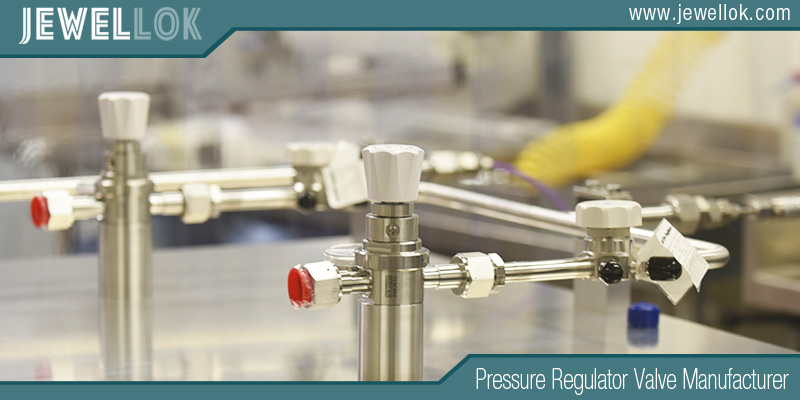
Conclusion
The core differences in regulating mechanisms between direct-acting and indirect-acting propane pressure regulators boil down to simplicity versus sophistication. Direct-acting offers quick, economical control through direct feedback, while indirect-acting provides amplified precision for demanding scenarios. Choosing the right type enhances safety, efficiency, and longevity in propane systems. As technology advances, hybrid designs may bridge these gaps, but understanding these fundamentals remains key.
For more about what are the core differences in the regulating mechanisms between direct-acting and indirect-acting propane pressure regulator valves, you can pay a visit to Jewellok at https://www.jewellok.com/ for more info.
Recent Posts
How Does An Acetylene Gas Changeover Manifold Work?
How Does A Carbon Dioxide Gas Pressure Regulator Work?
How Does A Oxygen Gas Pressure Regulator Work?
How Does A Helium Gas Pressure Regulator Work?
How Does A Nitrogen Gas Pressure Regulator Work?
How Does An Argon Gas Pressure Regulator Work?
How Does A Propane Gas Pressure Regulator Work?
How Does A Acetylene Gas Pressure Regulator Work?
How Does the High Pressure Back Pressure Regulator Work?
The Complete Guide to Camco 59013 Single Stage Propane Regulator
Tags
Recommended Products
-
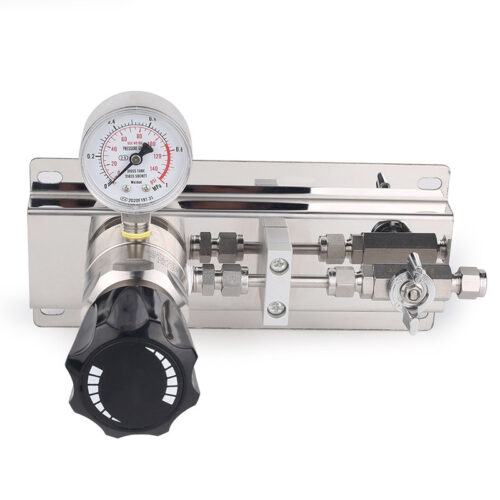
Medical Oxygen Single Stage Manual Gas Changeover Manifold Panel High-Purity Two-Stage Manual Gas Manifold Gas Pressure Control Panels
-
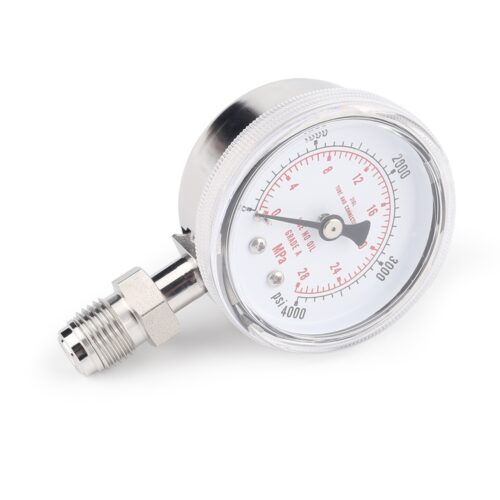
Ultra High Purity Oxygen Pressure Gauge For Semiconductor Gases JG Series Pressure Instruments For Semiconductor Manufacturing
-
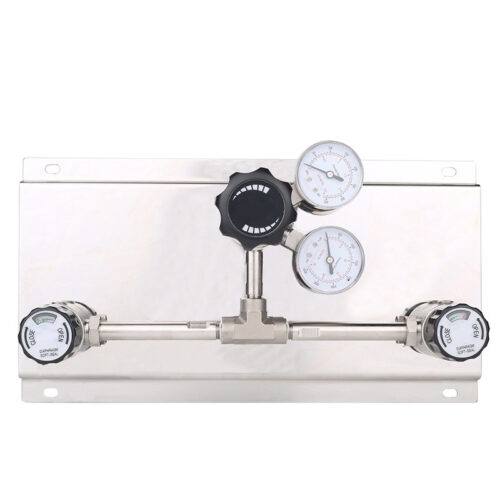
High Pressure High Flow Specialty Gas Control Panel With Diaphragm Valve , 3000Psig Oxygen Control Medical Changeover Manifold Panel
-
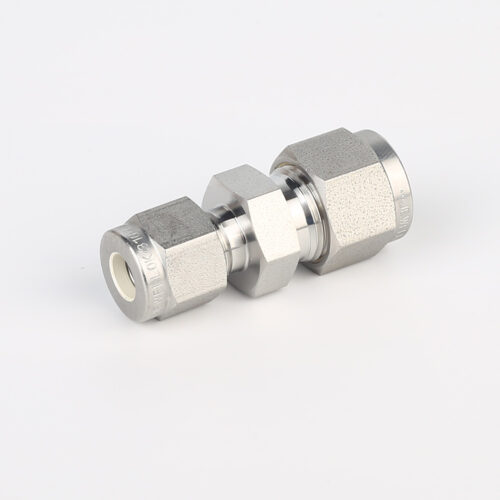
763L Stainless Steel High Purity Pressure Reducing Union Fittings And Tubing Pressure Reducing Valve Adjustment
-
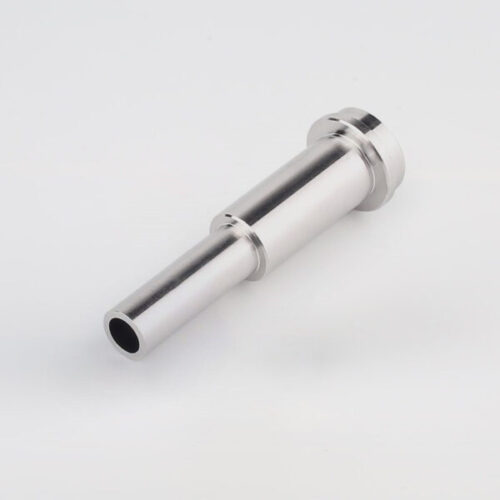
Long Gland LG Series For Ultra High Purity Gas And Chemical Delivery Systems
-
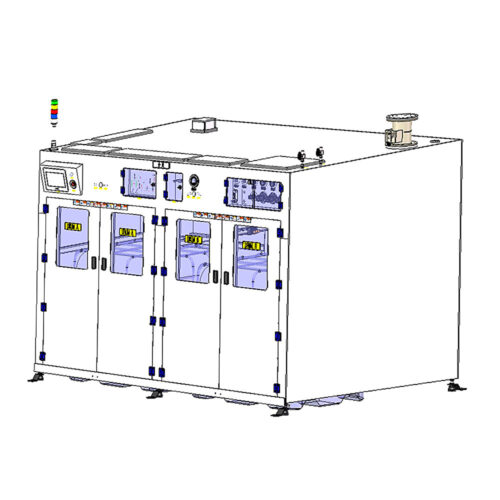
Scrubber Gas Cabinet Scrubber Tail Gas Treatment Cabinet Vent Gas Scrubber System Heat-Filter Burn Box Gas Scrubber/Abatement System
-
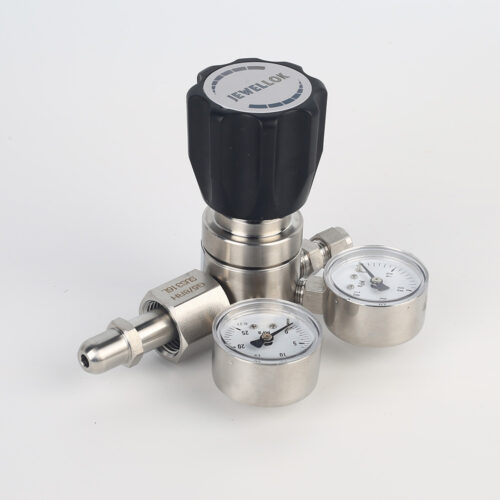
High Purity High Pressure Gas Cylinder Pressure Regulators Pressure Reducing Valve JSR-1E Series
-
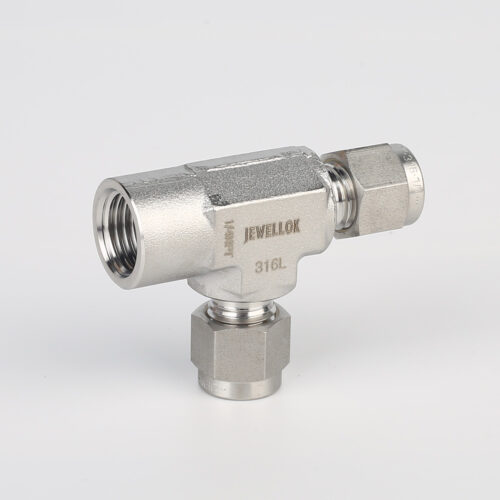
771LF Female Run Tee | Stainless Steel Tube Fitting Compression Fittings 1/4 In 3-Way Tee Female Run Tee